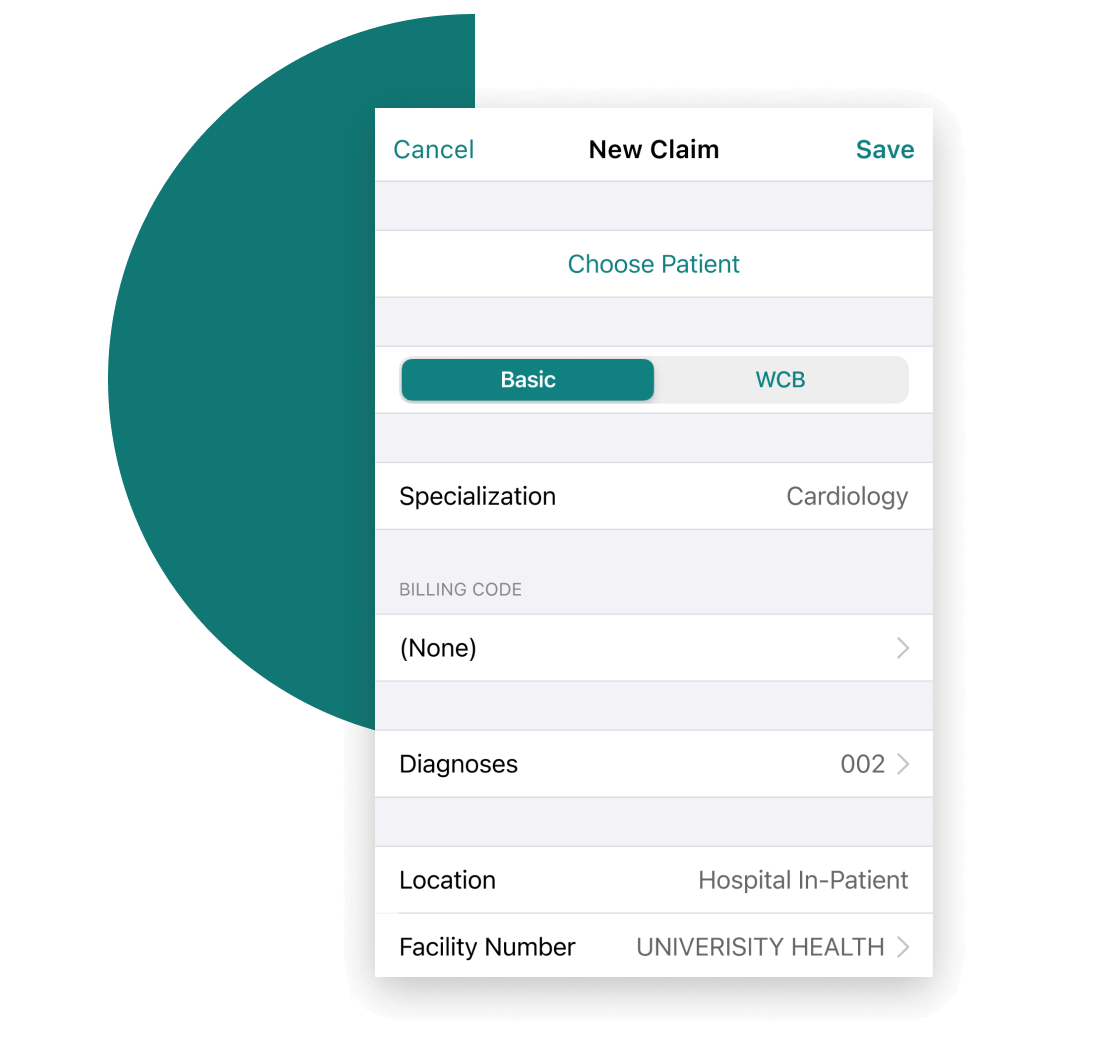Now that you’ve set up your new medical office, hired staff, and are ready to start seeing patients, it’s time to set out the policies and regulations that you’ll use in your practice. Your medical office policies and procedure manuals can be as simple or complex as you require, but it’s important to have them in writing so that you and your team are all on board with the vision you have set out for your new practice. Here are some first steps in creating your own:
1. Appoint a Policy Decision Team
If you’re a small practice, this policy team might only consist of you and your fellow physicians - and that’s okay! The important thing is that you decide which staff you would most like to have involved. Since putting together a policy and procedure manual will involve plenty of research and attention to detail, it’s best to choose a team of people who are strong in these areas. If you are running a practice with other physicians, get their input on the process - even if you are the one putting the document together, you should all be on the same page about what it will contain.
2. Research What You Need
Begin by brainstorming with the other physicians in your practice - what sort of policies do you need to have in place, and which ones would you like to see? The policies and procedures you need can range from preferences on staff conduct or customer service policy to requirements from provincial governing bodies or insurance companies. Much of this will depend on your needs - are you starting from scratch or taking over an existing practice? Do the other physicians in your practice have a preference? Setting up your new office manual will take a fair bit of brainstorming, but taking extra time will be well worth your effort since these are the rules that you and your fellow physicians will be operating by for the duration of your practice. They are also the rules that will protect the safety of you, your practice, and your patients. Here are some things you should take into consideration:
Insurance
Does your insurance company require you to have specific policies and procedures around patient safety, booking, or practice? If you have office insurance, you may be required to have certain policies in place around door locks or fire alarms. If you have malpractice insurance, there may be requirements for patient safety.
Regulations
Check with the provincial and federal regulations set out by regulatory bodies like the Canadian Medical Association and various provincial and federal authorities. Check for any additional patient forms, templates, or processes that need to be in place.
Health and Safety
It’s a good idea to review health and safety standards set out by provincial regulatory bodies before setting your own practice’s health and safety manual. Make sure that you and the other staff in your office are also on board with the practices put in place by the regulatory bodies.
Employment
Review provincial legislation around payroll, holiday hours, stat holidays, employee notice period, and how you will pay employees who are casual or contract.
It’s a good idea to consult with experts in each of these fields to make sure that your policy manual is up to the standards expected by regulatory bodies.
2. Organize your Topic Areas
Now that you’ve reviewed all the policies that you need to include, it’s time to start organizing your information into a policy manual that is easy to use. Create an outline for your document and begin separating the areas you need to include. Here are some areas you should include:
Medical Office Standards
These let you and the other physicians know what to expect as part of your operations. How will your office look and feel? How will various health and safety standards be maintained? Set expectations around office hours, official signage, emergency equipment, fire protocols, dangerous/infectious materials and the accessibility of your office for people with limited mobility.
Employment Standards
These will help lay out the expectations that you have for your employees, including start times, conduct expectations, statutory holidays, sick leave, pay dates and terms. This portion of the checklist can also set out what is required of you and your staff in terms of notice period and interactions with patients.
Emergency Procedures
This portion of your medical office policy deals with what happens in emergency situations. What equipment will you have? Who will be in charge of managing these protocols in the event of an emergency? Make sure you have policies in place to collect emergency contact information, manage evacuation of your office in the event of emergencies, and manage ambulatory patients.
Office Procedures
Set out expectations for patient billing, form submission, templates and processes required by federal and provincial regulatory authorities.
Customer Service
Decide what kind of policies and procedures will guide your patient experience. How will these be implemented? Having guidelines in your policy manual will set expectations for new employees and guide your team of physicians.
Patient Security
How will confidential patient data be collected and stored? Does your billing, EMR, and reception software protect the privacy of your patients? How will you treat patient confidentiality? Make sure to check the appropriate regulations set out by the governing bodies so that you can include them in your procedures manual.
4. Make a List of Procedures
Now that you’ve taken the time to research your policies and procedures, it’s time to create an outline with each part of the job. This could include things like:
- The process you use for billing
- The process you use for setting appointments
- The procedures involved in a standard appointment, including height and weight measurements, materials involved, and expected duration
Carefully keep track of all steps required - even day to day tasks in the healthcare field need to be done carefully, so make sure you detail each step in clear, easy to understand language. Your policy and procedure guide will be used by you and your staff for years to come, so writing out the steps in a way that you can all understand will help you in the long term.
In terms of regulations, it’s a good idea to consult experts or look at sample templates, like this one by the College of Physicians & Surgeons in Alberta, to make sure that the language you are using is up to the standards required. Make sure that the protocols and policies you list in your manual are in line with the Employment Act and other regulatory materials.
5. Set up Job Descriptions
Once you have expectations in place about the rules and procedures that will govern your office, it’s time to set out expectations for each of the roles the staff in your office will play. Set out expectations for physicians, nurses, administrative staff, and other key roles that you will need in the day to day operations of your medical practice.
Setting out the duties for each role allows you to not only set out expectations that all your staff will agree on, it also helps you to lay out the duties that you will expect your staff to perform, and make it so you can more easily see and delegate what is required from each role. If you have someone specifically to handle payroll, will they share tasks with the administrative staff? Will your medical office assistant handle any of the reception duties? Being clear in what you expect each person to do will help keep your practice running smoothly for years to come.
6. Plan your Long Term Goals
Now that you’ve set out your expectations for policies and procedures in your medical practice, it’s time to look at what successful implementation of these policies will look like. If you have set policies in place to ensure patient satisfaction, will you conduct patient satisfaction surveys or track patient retention? If you have health and safety guidelines, what do these look like when they are implemented? How will they be measured?
Setting measurable goals for your medical practice will help you to understand whether you’re living by the guidelines that you’ve set out for yourself. It’s also important to review these policies and procedures periodically to make sure that everything is up to date. Assigning someone in your practice with updating and revising this policy and procedure manual at least once every year will help you to keep your practice up to date and track how you’re achieving your goals and milestones, which will improve your practice for years to come.

Solutions Designed For The Unique Needs Of Your Practice
Get a $150 Credit when you sign up for Dr.Bill*. No credit card required.







